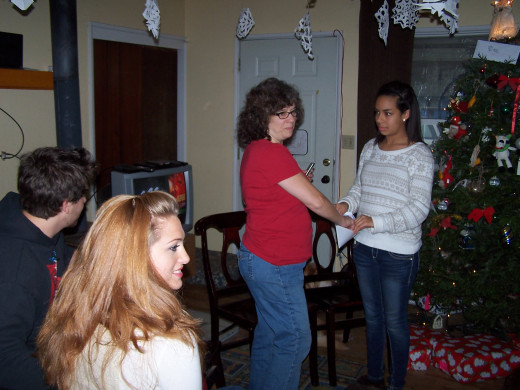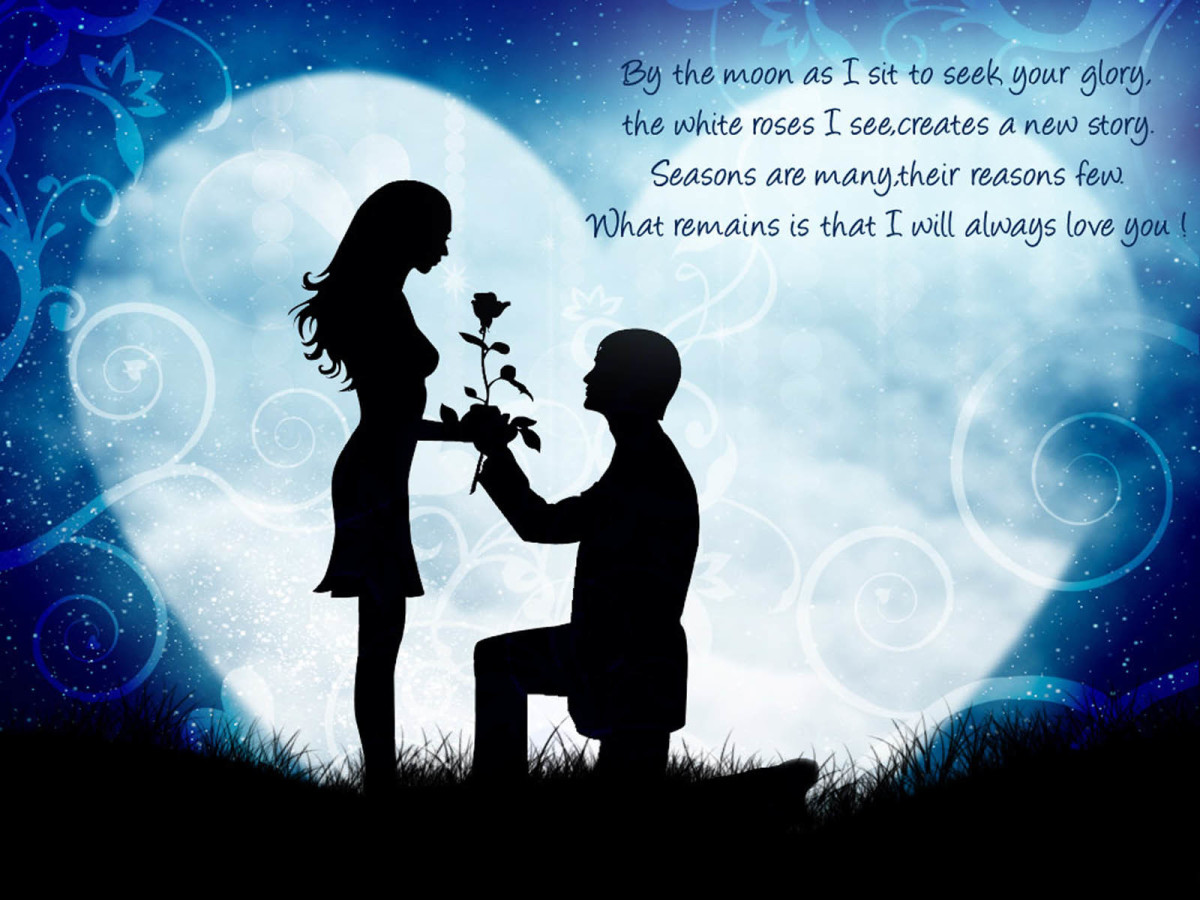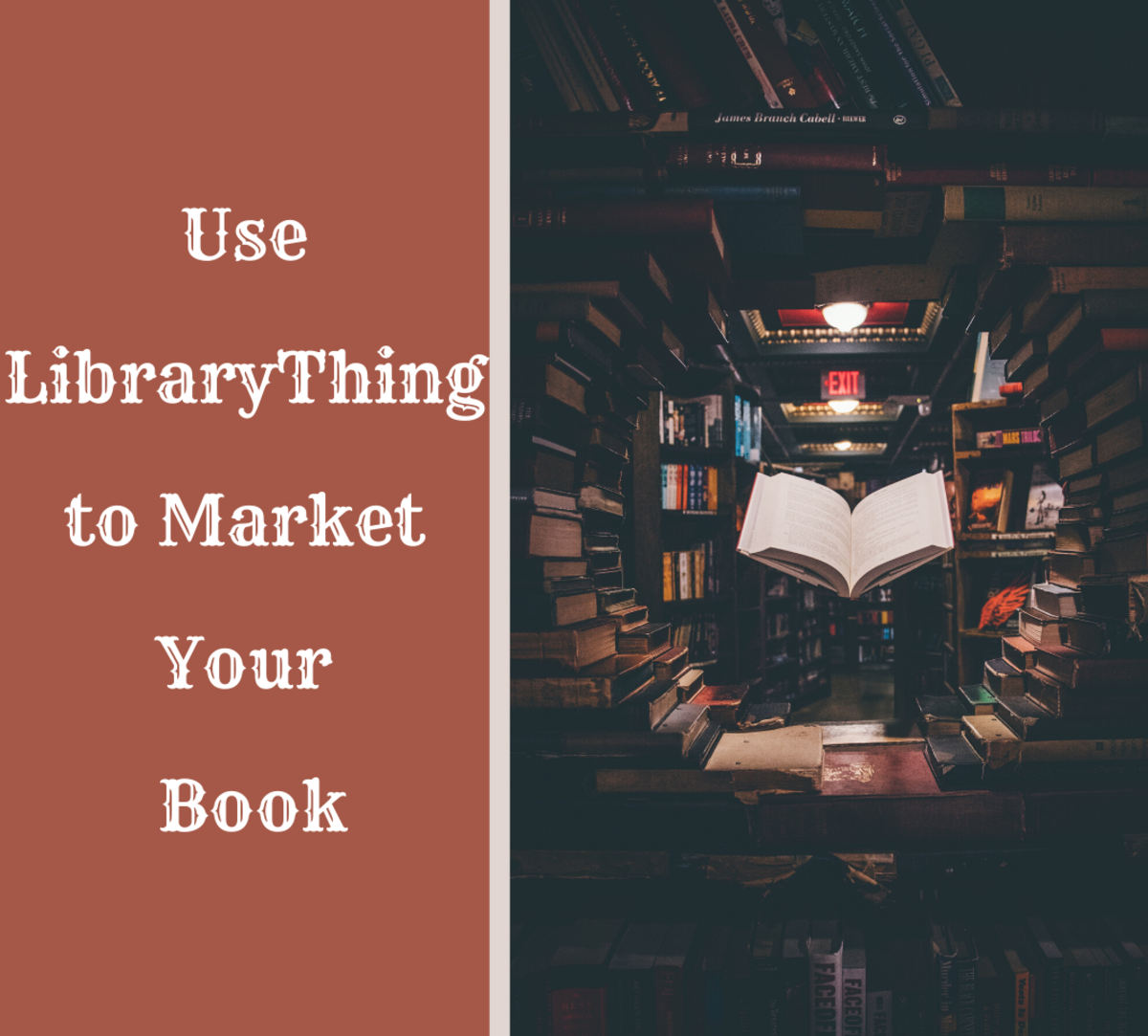The Importance Of Subplots When Writing A Novel
What Are Subplots?
So there we were, Bev and I doing our Christmas thing, trying to squeeze in some last minute shopping and preparing the big meal. On the periphery were several of our kids; one still stinging from a love lost; one rejoicing from a new love found; one frantic because she didn’t know what to buy everyone for presents.
If I had written a story about these holidays just ended, the main story would have been about a “normal family” preparing for Christmas. The subplots would have followed our children as they dealt with their angst, and how that angst affected the rest of the family during the holidays.
I guess the best way to define a subplot is to say it is a miniature story within the main story. Subplots have a beginning, a middle, and an end, and they are used to give depth to your novel.
They can be used in contrast; they can be used in reinforcement; and yes, they can be used as a diversion from the main plot. What they should never be used as is a means to simply lengthen the novel.
Good writers can weave subplots into their books so that you barely notice they are there. Subplots should never steal center stage from the primary story but rather they should enhance it. This is an important point to understand and one we’ll talk more about later. For now, though, let’s take a look at some of the reasons why you should use subplots.

Yes You Should Use Subplots in a Novel
The key word in that subheading is “novel.” Using subplots in a short story is a difficult undertaking. When you are limited to 5,000 words or so, it is practically impossible to do justice to anything but the main story. So what follows are reasons why you should use subplots in a novel.
- Subplots are a way to show the complications and depth in your character’s life.
- Subplots allow you to take a bit of the pressure off of the main story so it is not overly depressing or gloomy.
- Subplots give complexity to your story, adding more problems, adding more choices and adding more decisions to be made.
- Subplots allow your readers to better understand the reasons why things are happening in the main story. A flashback to the childhood of a main character is an excellent tool to use for this purpose.
- Subplots allow the reader to learn more about the social setting that the story takes place in.
- Subplots add suspense and mystery to the main story.
- Subplots, when used properly, can help to drive the story forward and raise more “what if” questions that need answers.
- Subplots bring realism to the story and to the characters. Just as real life is rarely black and white, subplots bring the color of real life to the story.

Subplots Should Never Do These Things
Yes, subplots are valuable, but they can also lead to disaster if they are used too often or not used in the right context. Here are some no-nos when using subplots:
- The word “subplot” literally means “below the main plot” and should be given that priority. Subplots should never be given the same word count as the main story, and they should never be given the same amount of focus as the main story. Remember that subplots are enhancers; they are not the main event.
- Subplots should never be used as a filler or to take up space. They should have a specific purpose or don’t bother with them.
- Subplots are about emotional growth. Subplots are about struggle. Subplots are about the shaping of a character or the cause of an event. Make sure your subplots do these things and make sure they engage the emotions of your readers.
- Subplots are, in a very real sense, a detour from the main story. When crafted properly they are an important detour that can add to the overall strength of that main story. When crafted poorly all they do is distract or weaken. Do not let this happen. Do not go off on a tangent and in the process lose the central theme or message.
- Beware of too many subplots, and beware of resolving too many subplots all at the same time. The climax of your story should be about the climax of the “main” story; wrapping up several subplots at the same time will confuse the reader.
- Subplots should never be boring or mundane. Readers get enough of boring and mundane in real life; don’t expect them to sit through more of it while reading for entertainment.

Practical Applications
I have written before about my literary love affair with James Lee Burke. I am a mystery fan, and I discovered Burke about ten years ago and was instantly smitten. His ability to create depth is incredible. His ability to paint a scene is enviable. His ability to weave subplots into the main plot and use them to add complexity to his novels is the stuff of legends among his peers. Yes, I am jealous of James Lee Burke.
His main character is Dave Robicheaux, a sometimes detective for the New Iberia police department outside of New Orleans, Louisiana. In truth, the plots of his stories are no different from hundreds of other mysteries written yearly. What makes his novels so extraordinary is his ability to make them so compelling and life-like.
Robicheaux is a recovering alcoholic….subplot number one. Robicheaux has, as his best friend, Clete Purcel, a human wrecking ball who creates chaos wherever he goes….subplot number two. Robicheaux is married to an ex-nun who is constantly bringing him closer to his finer nature and away from his violent past….subplot number three. Robicheaux is a violent man who is always fighting his own devils….subplot number four. The Louisiana bayou country is beautiful but deadly….subplot number five.
You can practically count on those five subplots in each of Burke’s novels, and they are written so well as to leave you almost breathless while you read. That, my friends, is what a good subplot can do for a writer, and what a good writer can do with a subplot.

Now Go Forth and Create
A novelist has between 100,000 and 150,000 words with which to tell his/her story. On average about 300 pages. That is a lot of landscape for the chief character to cover on his own. That is a tough journey when the only vehicle is the main plot.
A writer needs subplots. A story needs subplots. Readers need subplots. Yes, I could write a quick article about Bev and I preparing for the holidays, and it might interest a few of you who know us, but that article becomes much more interesting if I toss in the trials and tribulations of our children and how their lives are deliciously woven into the fabric of our lives. If I do that then I’ll have an article worthy of reading.
Don’t shortchange your novel. Don’t shortchange your readers, and don’t shortchange yourself. Use subplots and the literary world will thank you for it.
2013 William D. Holland (aka billybuc)
“Helping writers to spread their wings and fly.”











